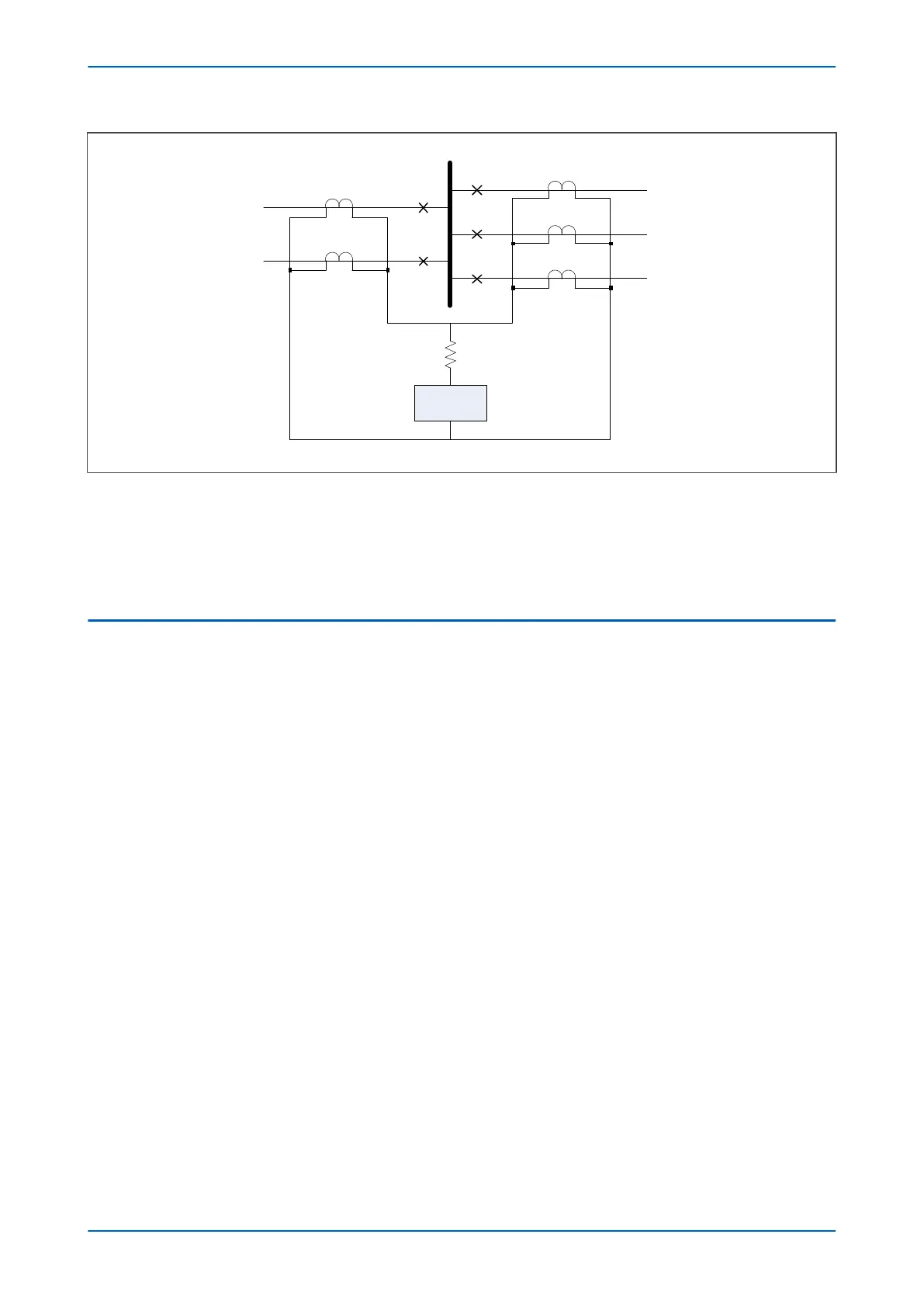Figure 85: High Impedance differential protection for busbars
The stabilising resistor R
stab
is the r
eason why the protection type is high impedance. This resistor reduces the
value of the spill current caused by CT discrepancies, thereby reducing the chance of maloperation caused by
external faults.
18.1 BUSWIRE SUPERVISION
The P14x range of feeder protection devices can use their overcurrent elements for high impedance busbar
protection applications. W
ith any high impedance busbar application, it is essential to provide a special type of CT
supervision called Buswire Supervision. This is to prevent overvoltages on the CTs in case of CT open circuits and to
prevent overheating of the protection devices.
This buswire supervision can be achieved using a dedicated device called an MVTP relay. But this functionality can
now be achieved numerically with any P14x device from software versions 52 and 61 via the Sensitive Overvoltage
Protection (SOV)function. The unique characteristic in SOV function extends the relay's capability to mimic the
buswire supervision function in a high impedance busbar protection scheme. It is therefore now possible to
provide a single box solution for high impedance busbar protection with integrated buswire supervision. Buswire
supervison uses the Sensitive Overvoltage Protection function as described in the Voltage Protection section of this
manual. The Sensitive Overvoltage protection function allows the possibility of low pickup voltages (down to 2 V)
making it ideal for monitoring the voltages apparent on the Busbar protection CTs. The start and trip outputs can
be used for creating alarms and for short circuiting the Busbar protection CT secondary windings.
Chapter 6 - Current Protection Functions P14x
160 P14xEd1-TM-EN-1

